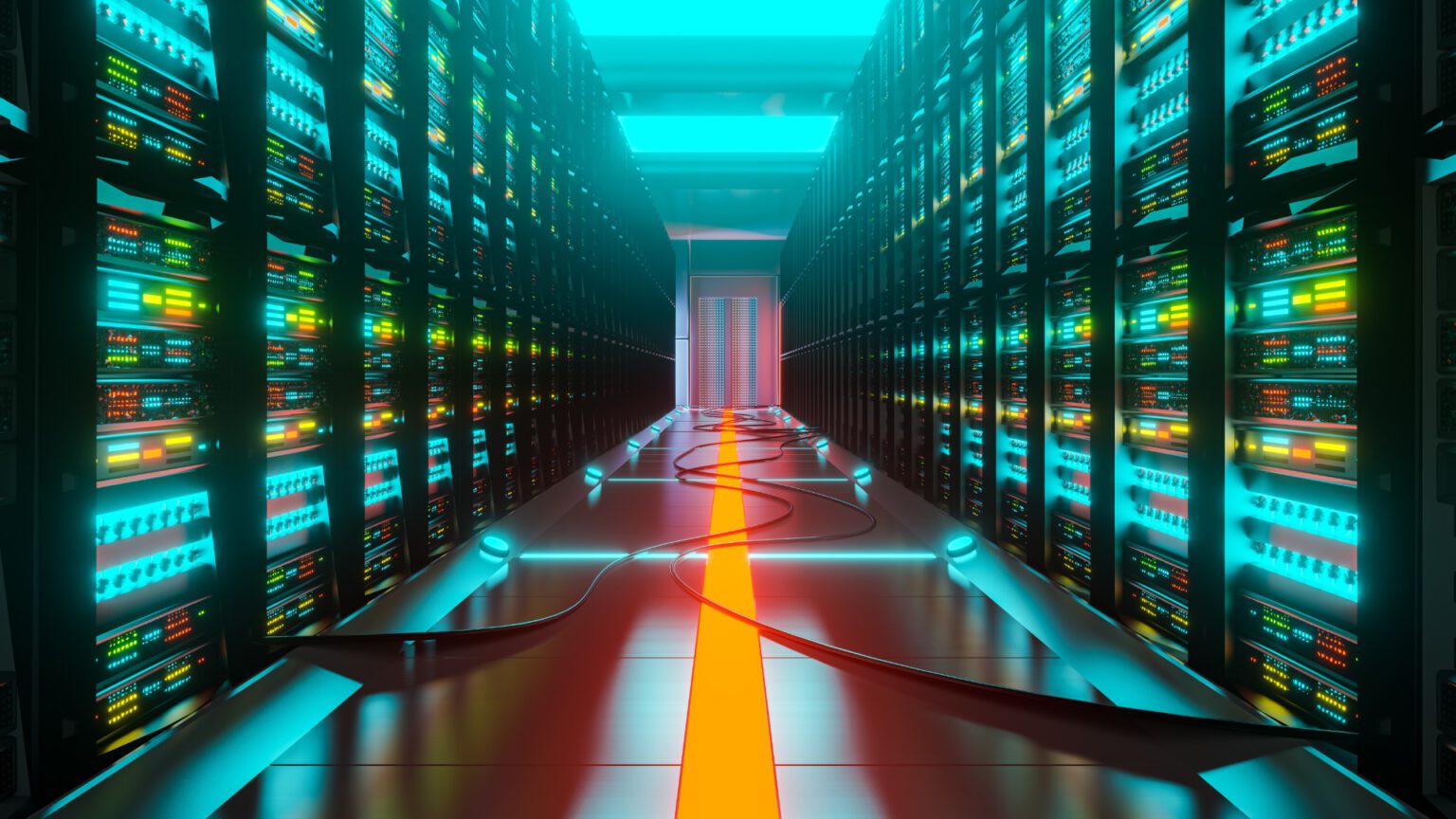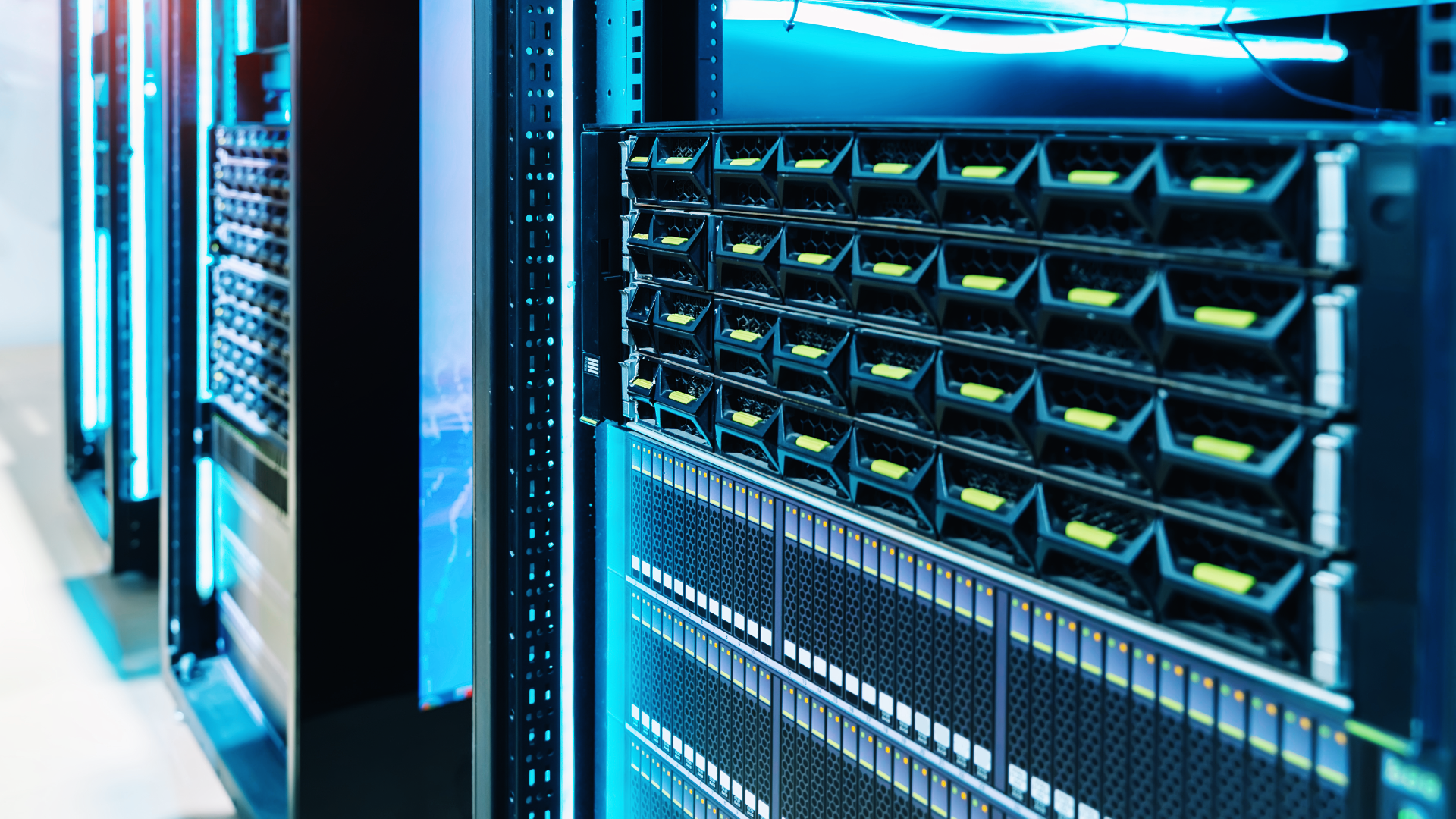Until recently, data centres were developed in a predictable rhythm. What mattered was space, redundancy, power stability and cooling – preferably passive to limit costs. Today, this model is creaking at the seams. With the exponential growth in demand for computing power to process artificial intelligence models, the physical architecture of data centres must change fundamentally.
At the heart of the revolution are GPUs – graphics chips that have taken over as the main computing engine for generative AI. But more power also means more heat, energy, complexity… and problems that can no longer be ‘reduced’ by better ventilation.
From CPU to GPU: a leap in demand
Language models and generative systems operate in a non-linear manner. Unlike classic IT workloads, where power consumption increased in proportion to the number of users or transactions, AI introduces exponential spikes in demand – and huge energy peaks. One well-trained model can consume more power in a few hours than a bank’s entire database in a week.
The industry’s answer to these needs is GPU clusters – often in H100 or Grace Hopper chips, integrated with NVLink buses and distributed between specialised nodes. In a traditional data centre, however, it is difficult to use such clusters effectively without a complete overhaul of the power and cooling system. This is why operators are no longer adapting existing infrastructure and are increasingly designing facilities ‘from scratch’ – specifically for AI.
An infrastructure that needs to think
GPUs consume significantly more power than CPUs – and not only in absolute units, but also in density per rack. This means that previous power standards – e.g. 4-6 kW per rack – no longer apply. AI-based projects today plan for power in the order of 20-30 kW per rack, and in some cases even more.
Such values not only require a greater supply of power from outside, but also change the way energy is managed inside the facility. Data centres are becoming energy systems where power orchestration – that is, the dynamic management of power between zones depending on load – matters.
At the same time, there is a need to change cooling systems. Fans and air conditioning are no longer sufficient. Liquid cooling is being used more and more – first in the form of cooled plates (cold plate) and, at a later stage, by fully immersing systems (immersion cooling). These are no longer just niche solutions – they are a prerequisite for the GPU era.
Modularity instead of monolith
The answer to technological complexity has become modularity. New data centres are increasingly being built as prefabricated modules – prefabricated blocks of power, cooling and server rooms that can be quickly put together, expanded or relocated. Flexibility has become the new dogma.
The traditional model of large server rooms, where all functions were integrated into a single unit, is giving way to distributed designs that can be designed with greater precision for specific workloads – especially GPUs. This allows better management not only of performance, but also of operational costs and security.
Automation is not a luxury – it is a requirement for action
The more complex AI systems become, the more unpredictable the workloads become. In response, data centre operators are deploying increasingly sophisticated monitoring and automation systems – from fault prediction to dynamic cooling management to continuous power state analysis.
In practice, this means that the physical presence of a technician becomes rare. Management is done remotely, often using AI to make its own decisions about load balancing or switching on back-up systems. This is not so much automation as a complete redefinition of operations.
Customers no longer buy space – they buy power
In the traditional model, the data centre customer rented a specific space or rack. Today, in the age of AI, the key currency is becoming available power – and this determines the price, availability and attractiveness of the offering.
New customers are also emerging – AI start-ups, language model providers, fintechs, but also industrial companies that are implementing their own predictive models. Their needs are dynamic and their requirements are high. They expect flexibility, scalability and technical support in adapting the infrastructure to workloads that cannot always be predicted.
The GPU era will not end with the H100 or MI300. The next generations of chips will be even more power-hungry, even more specialised and even more difficult to integrate into existing environments. Therefore, data centres will have to change – not only in terms of technology, but also in terms of design and operational culture.
Increasingly, it’s not about how much space you have, but whether you can get the power to where it will be needed – before the customer arrives. It’s a complete change of perspective.












